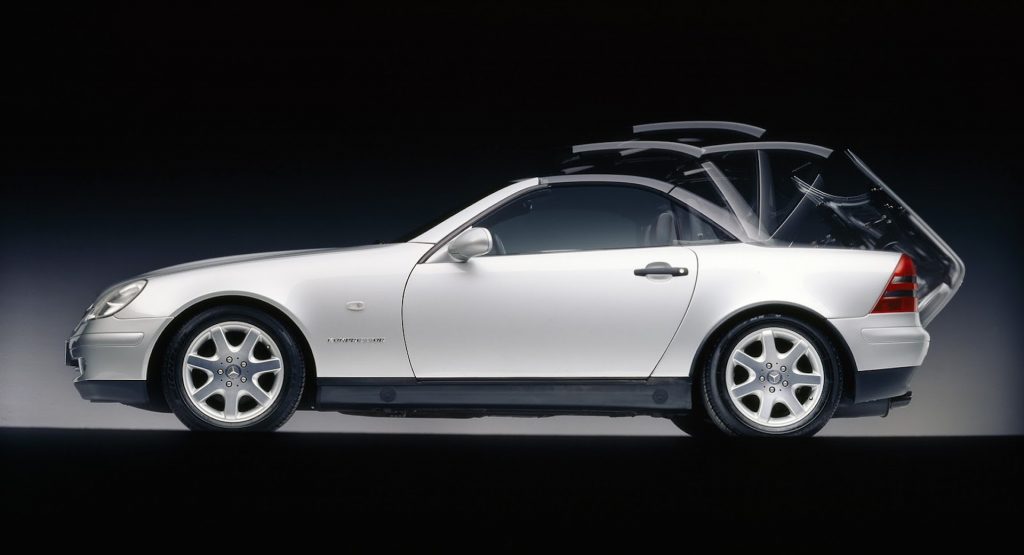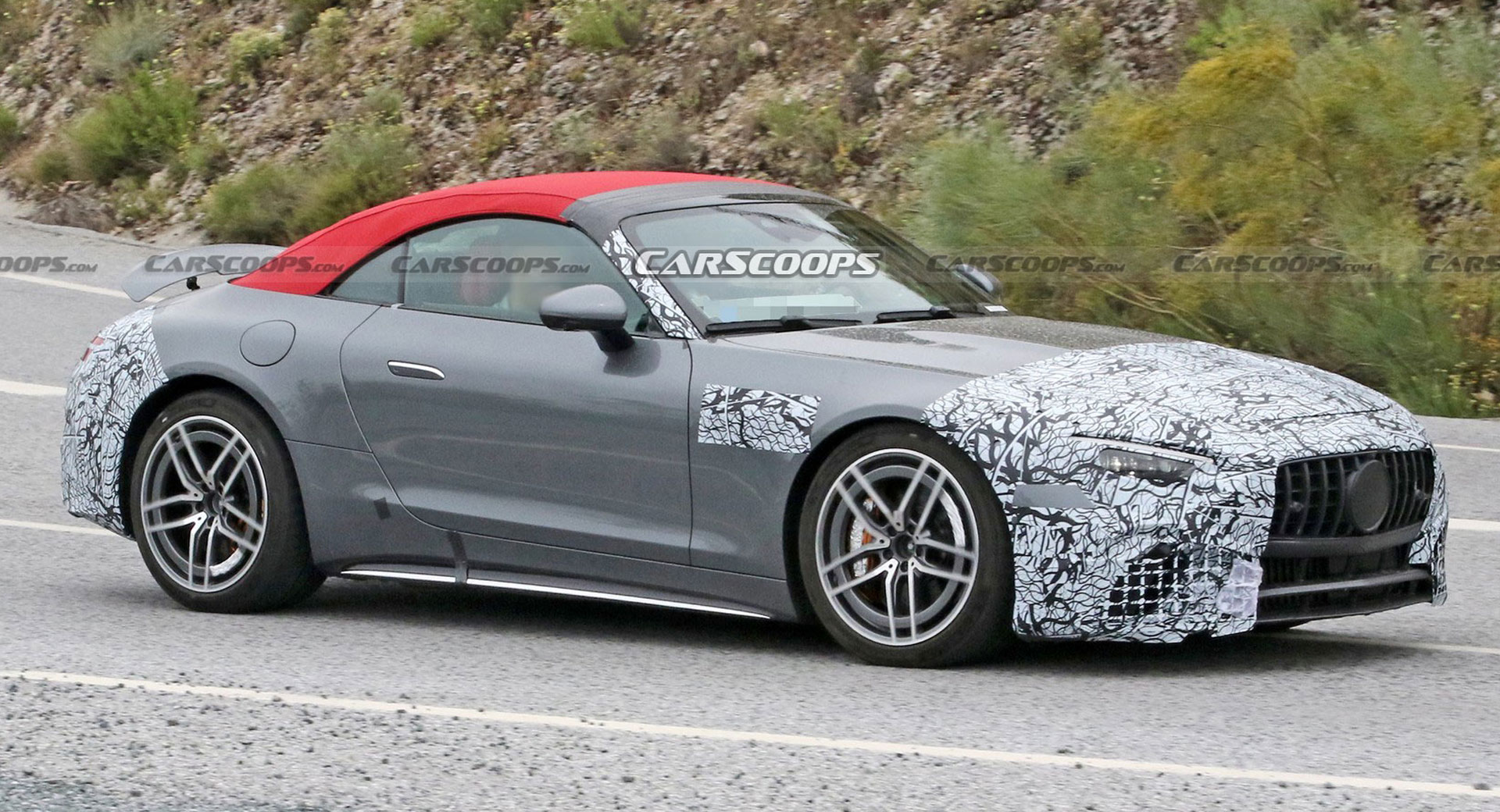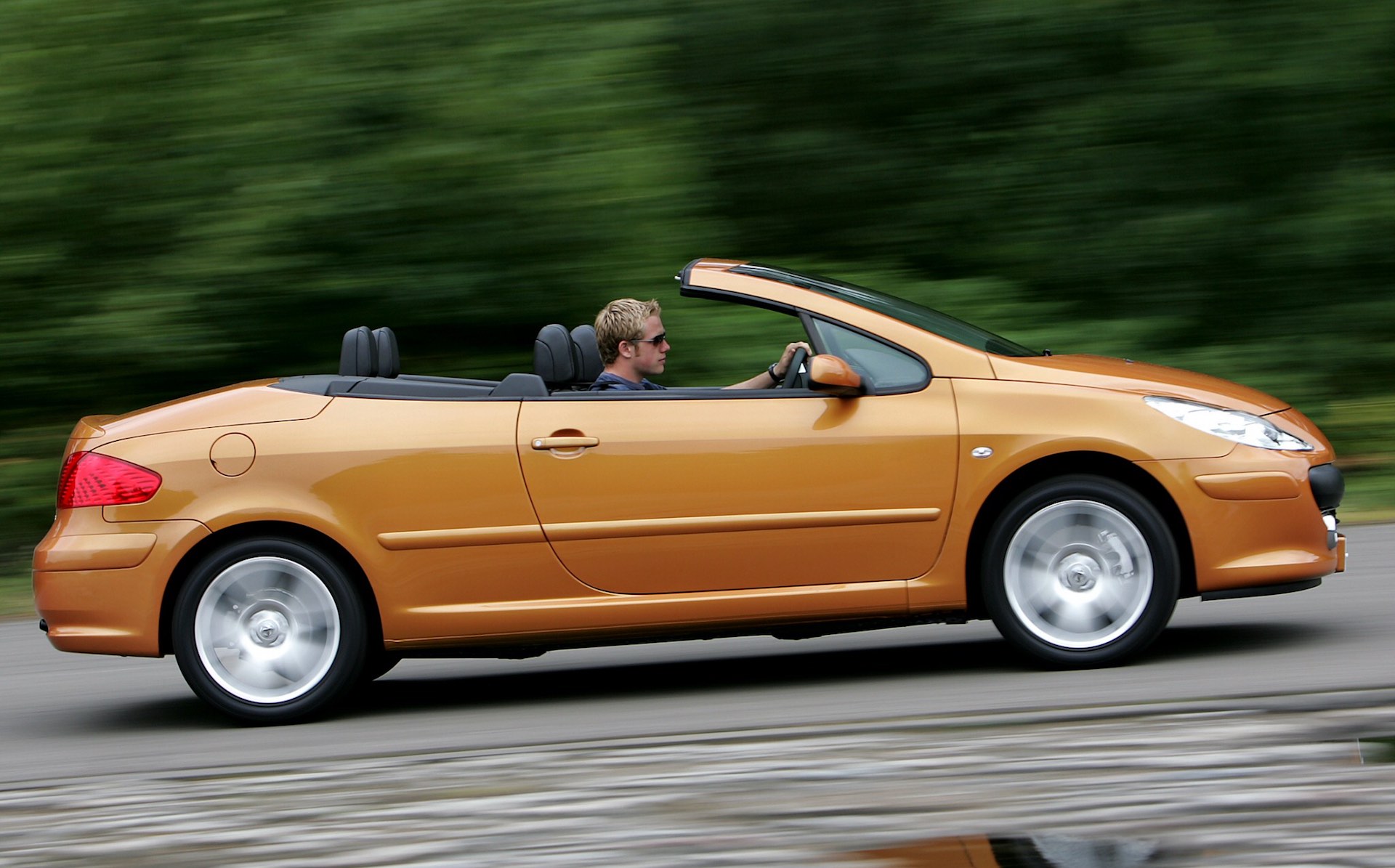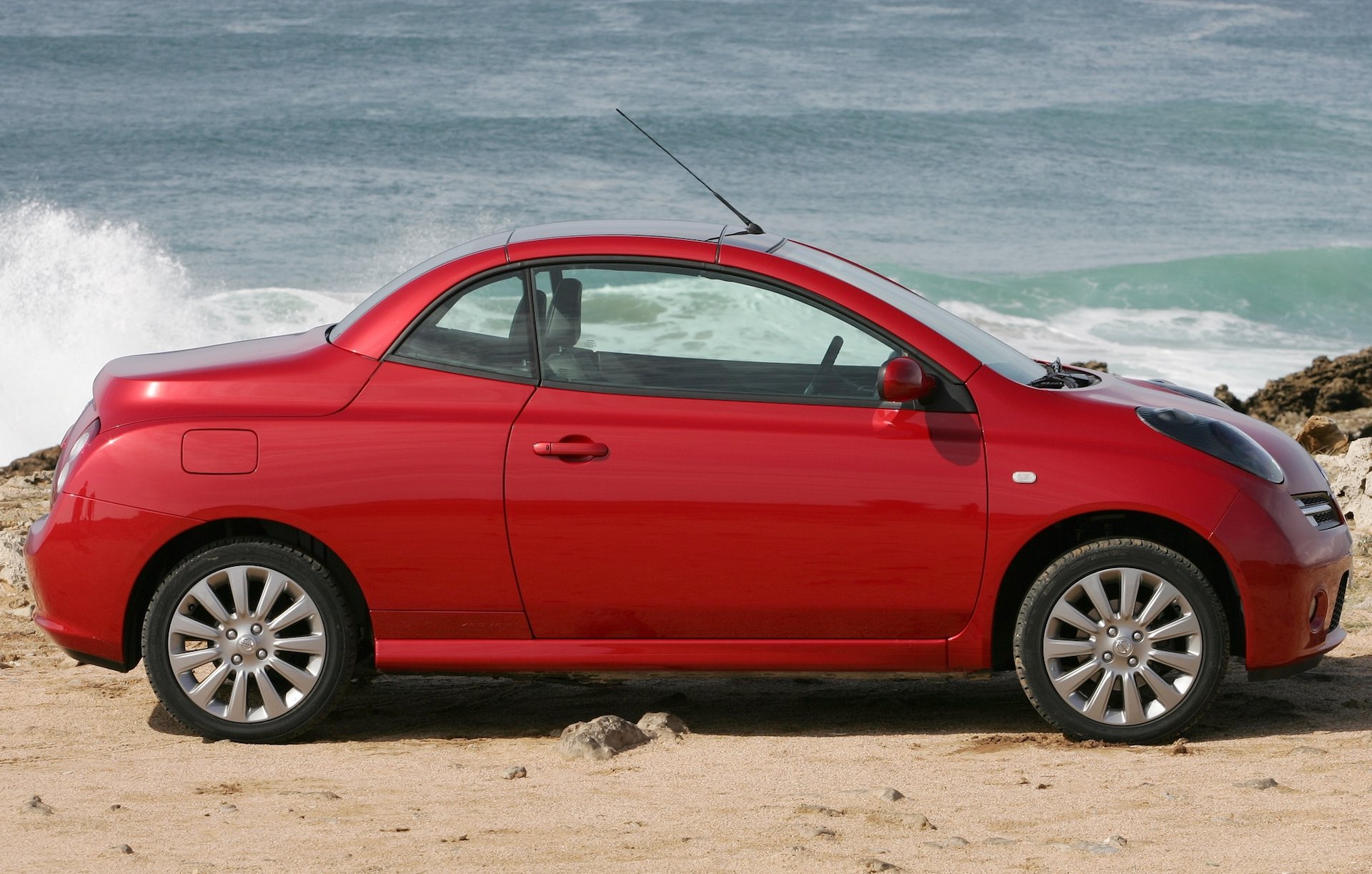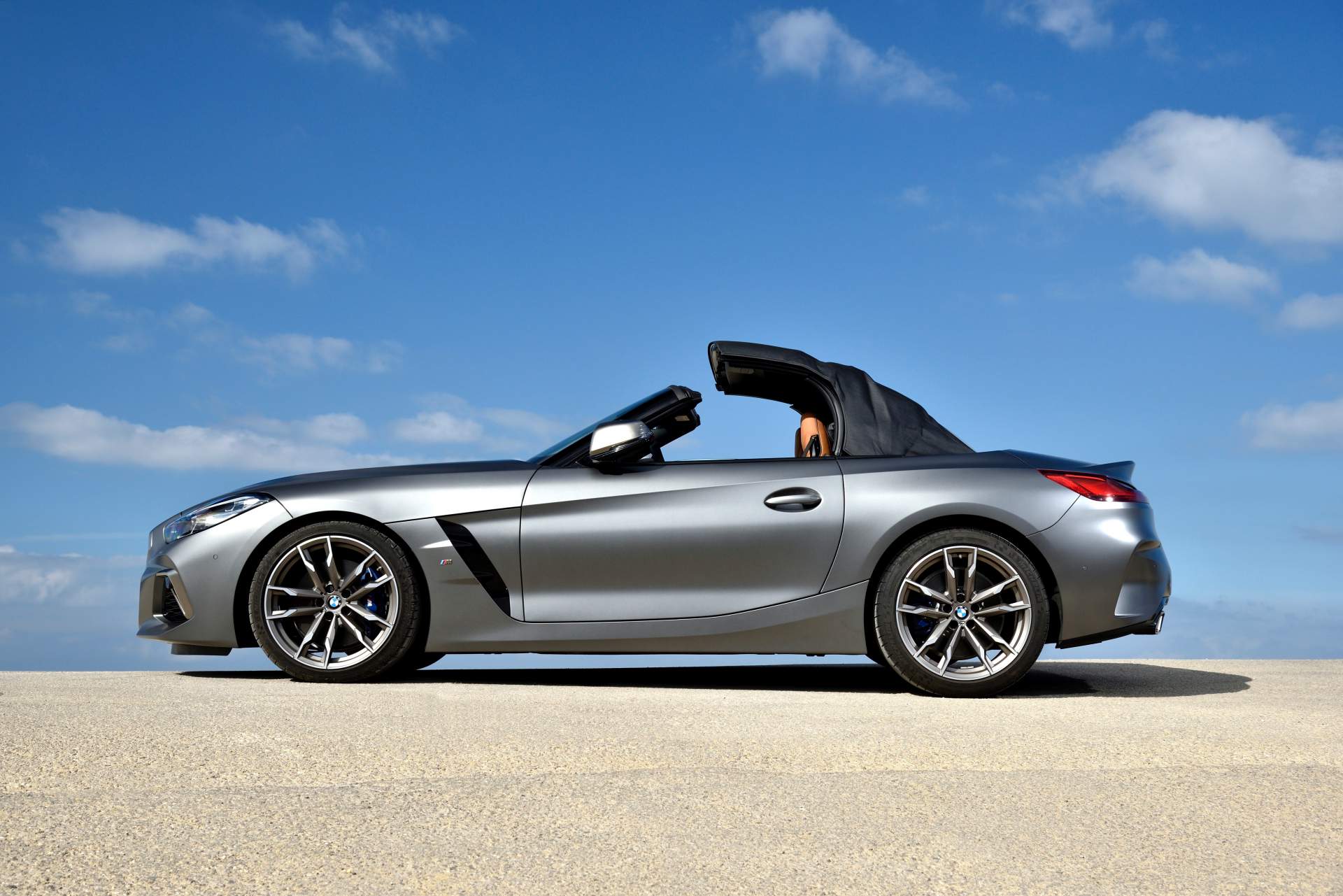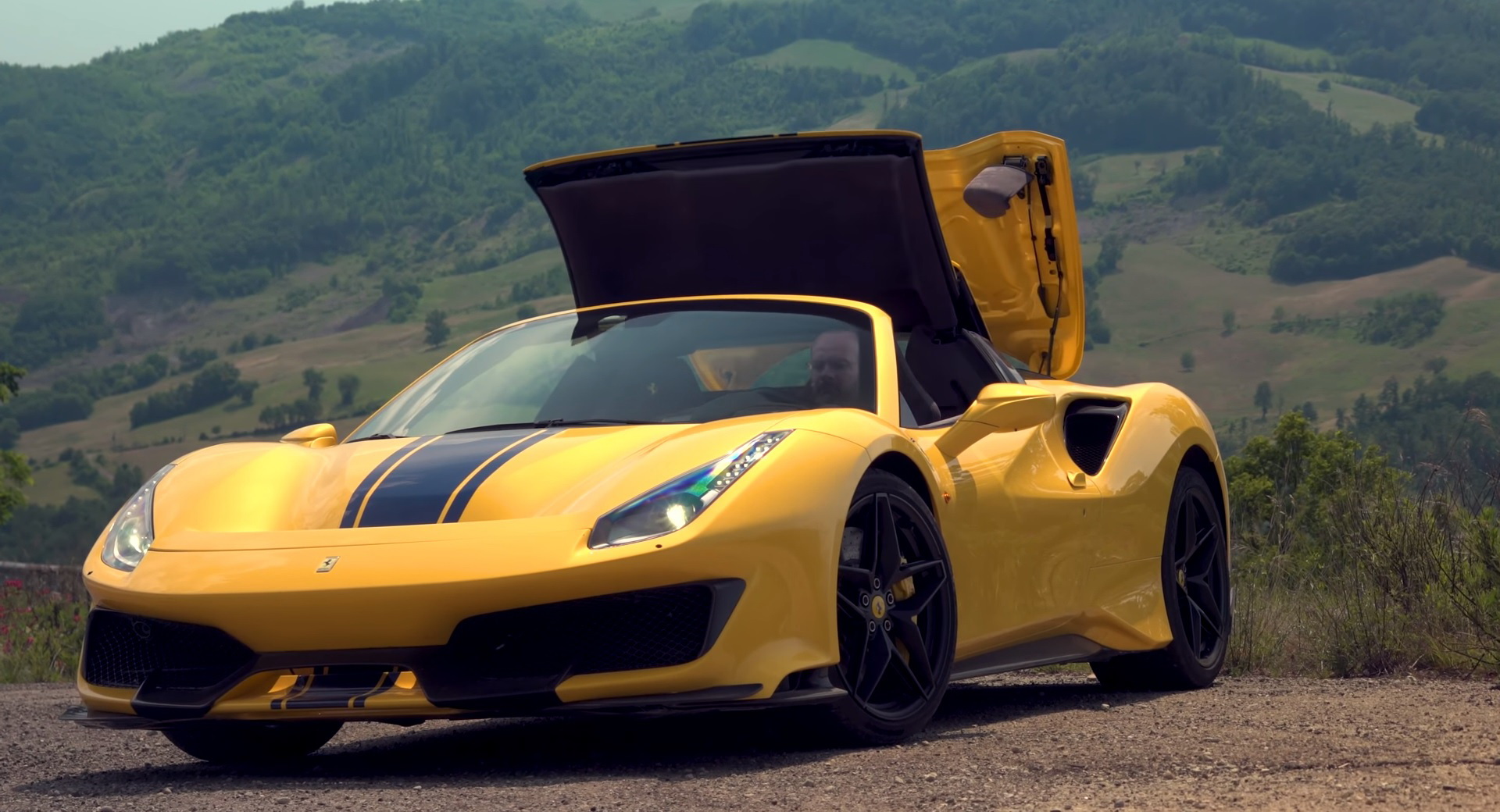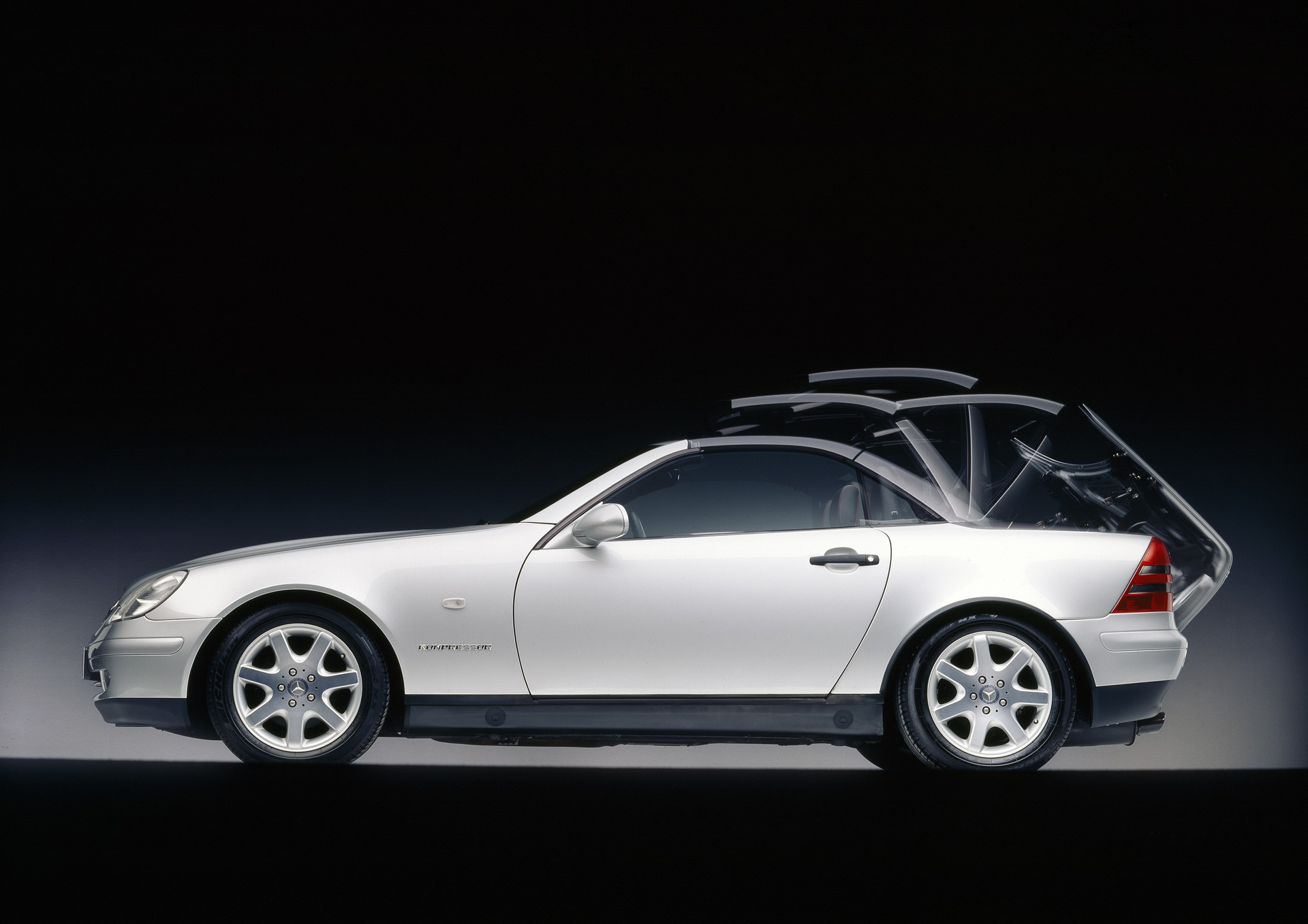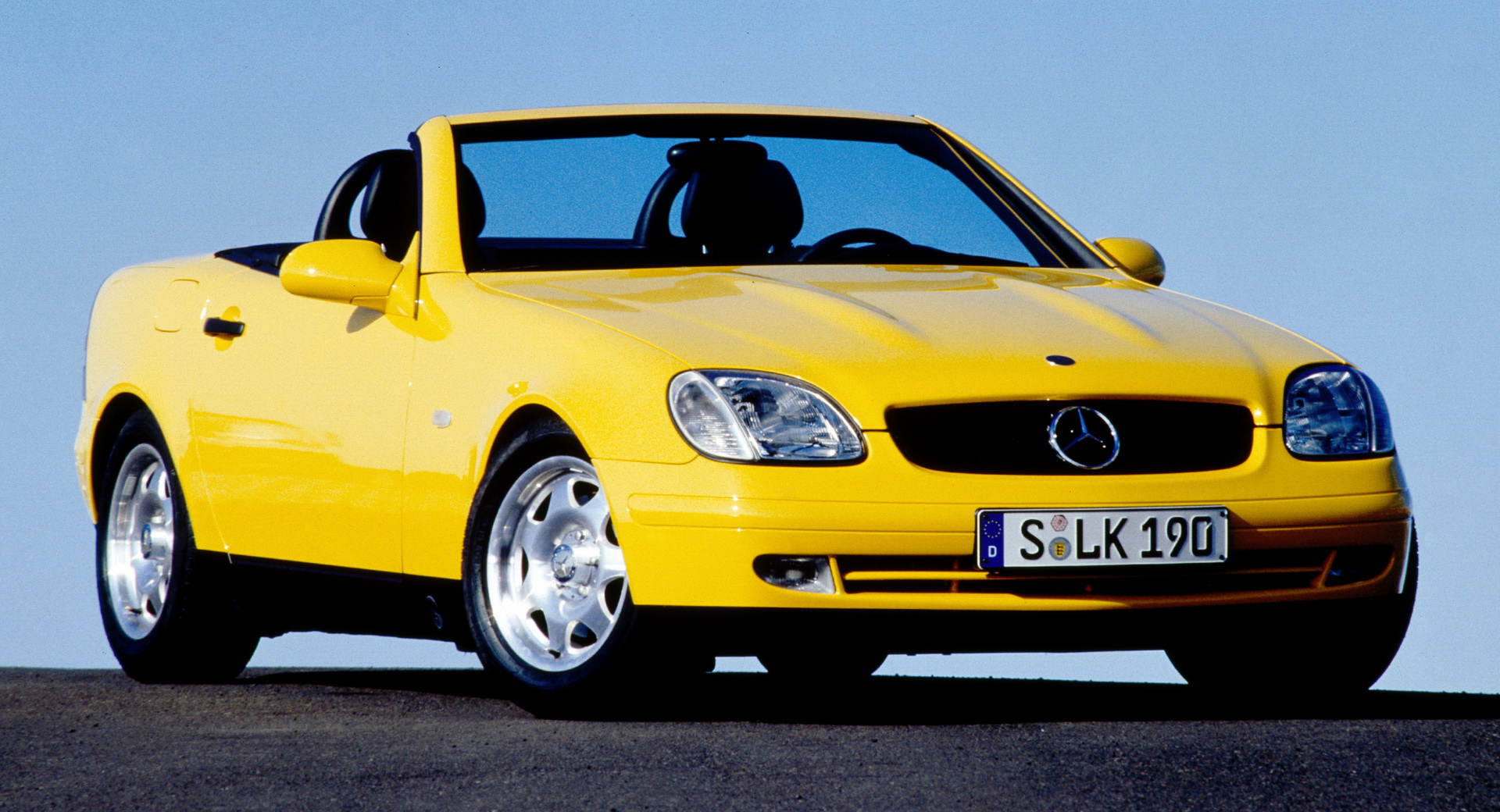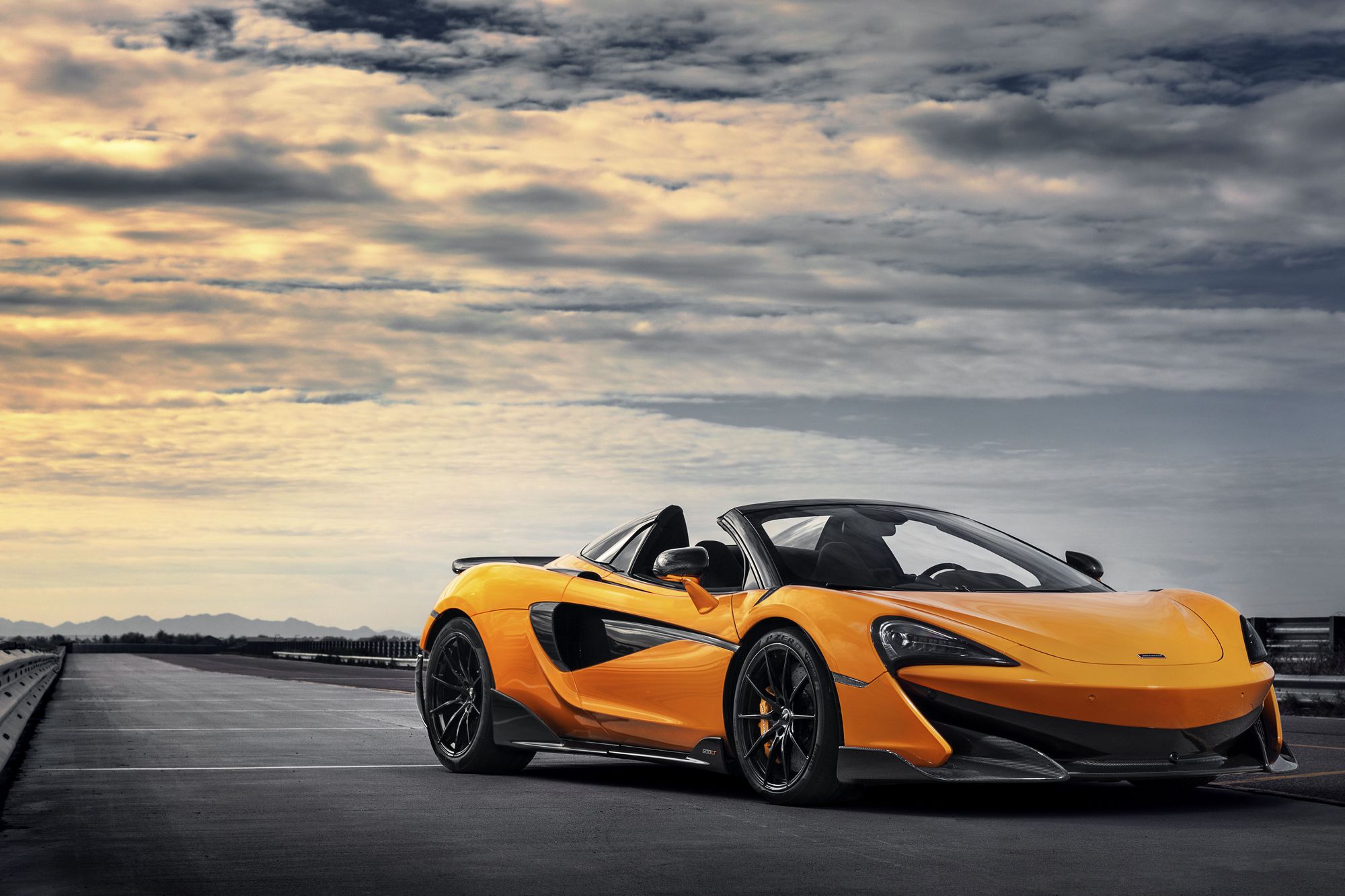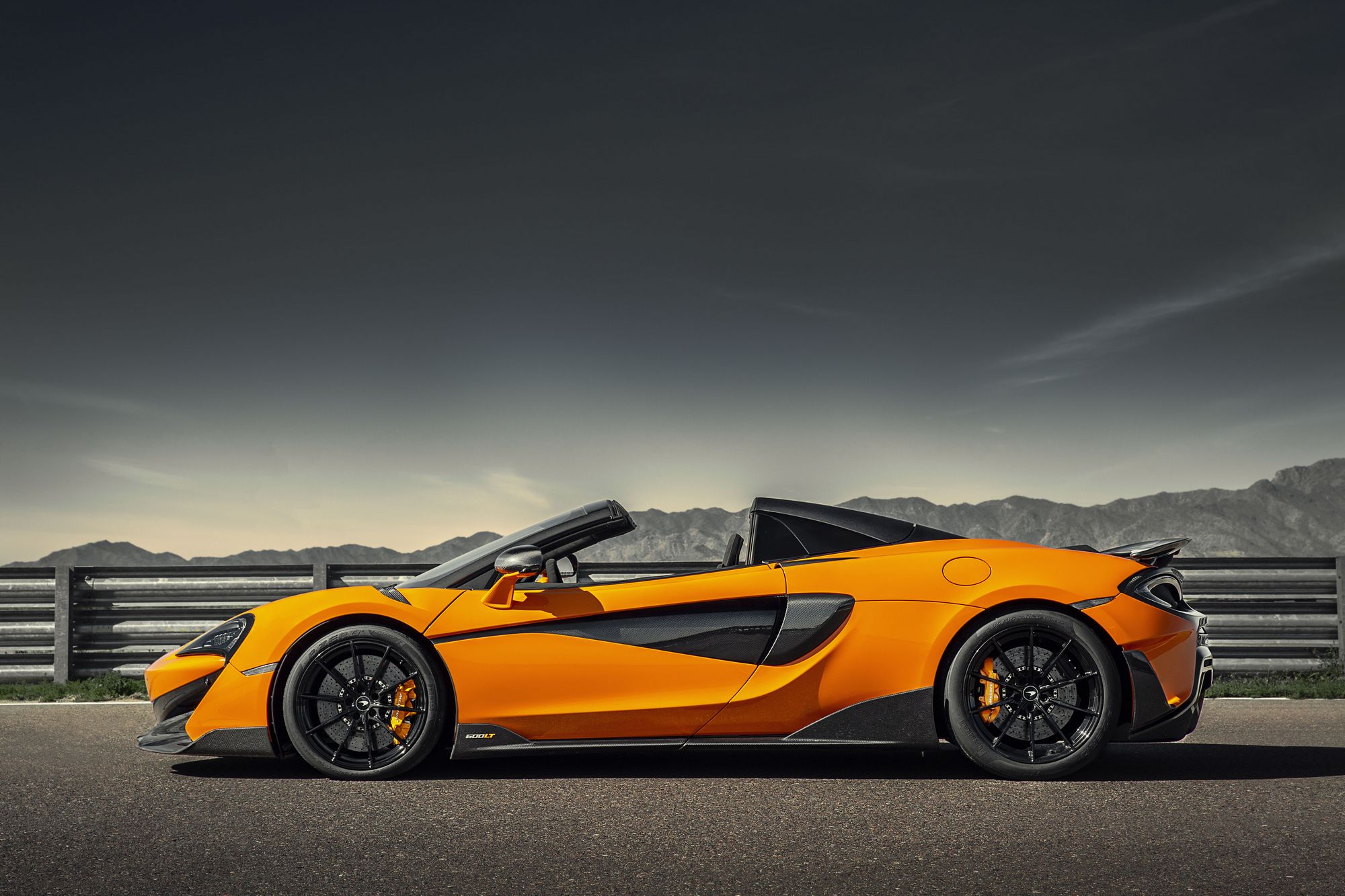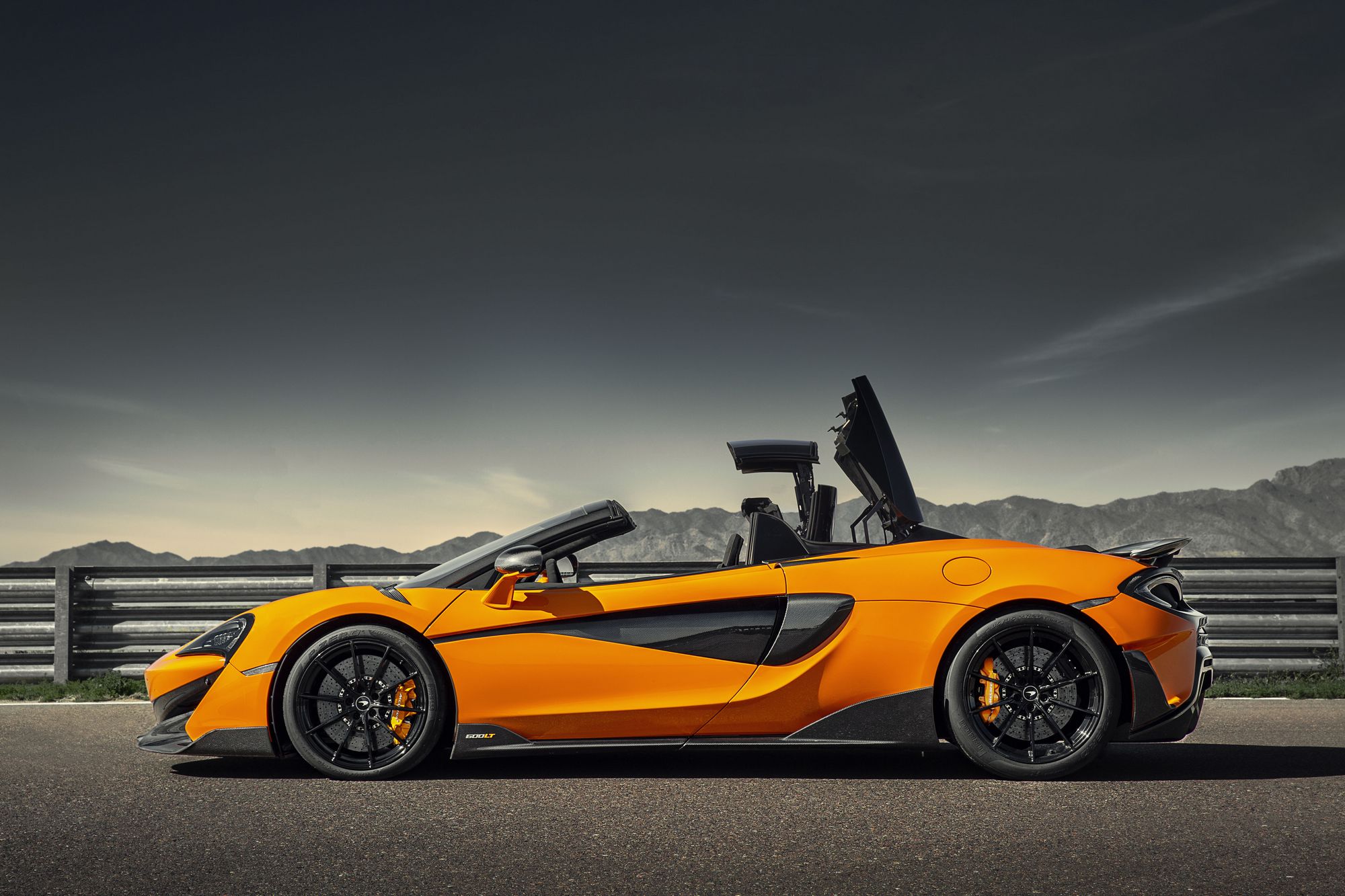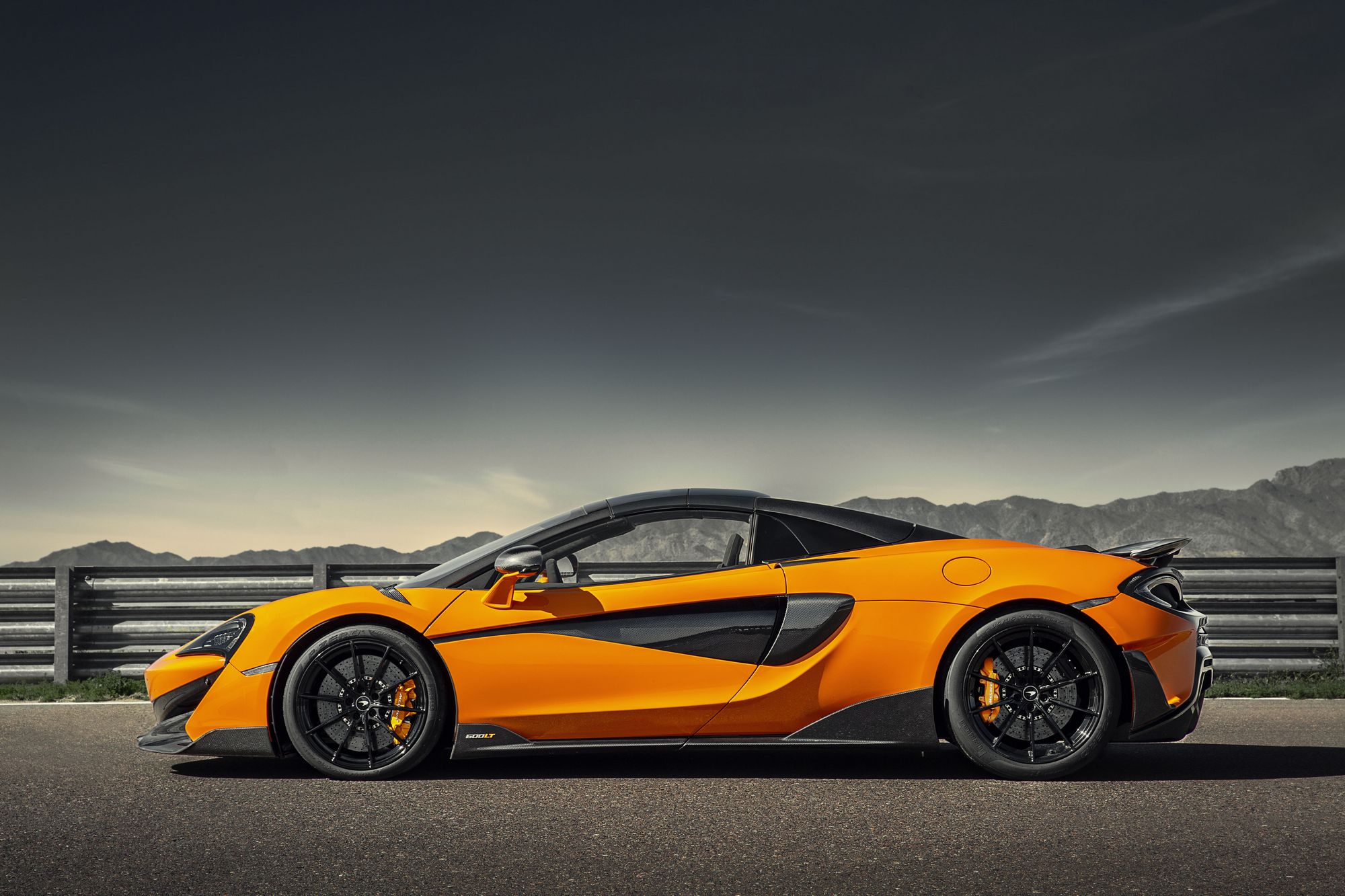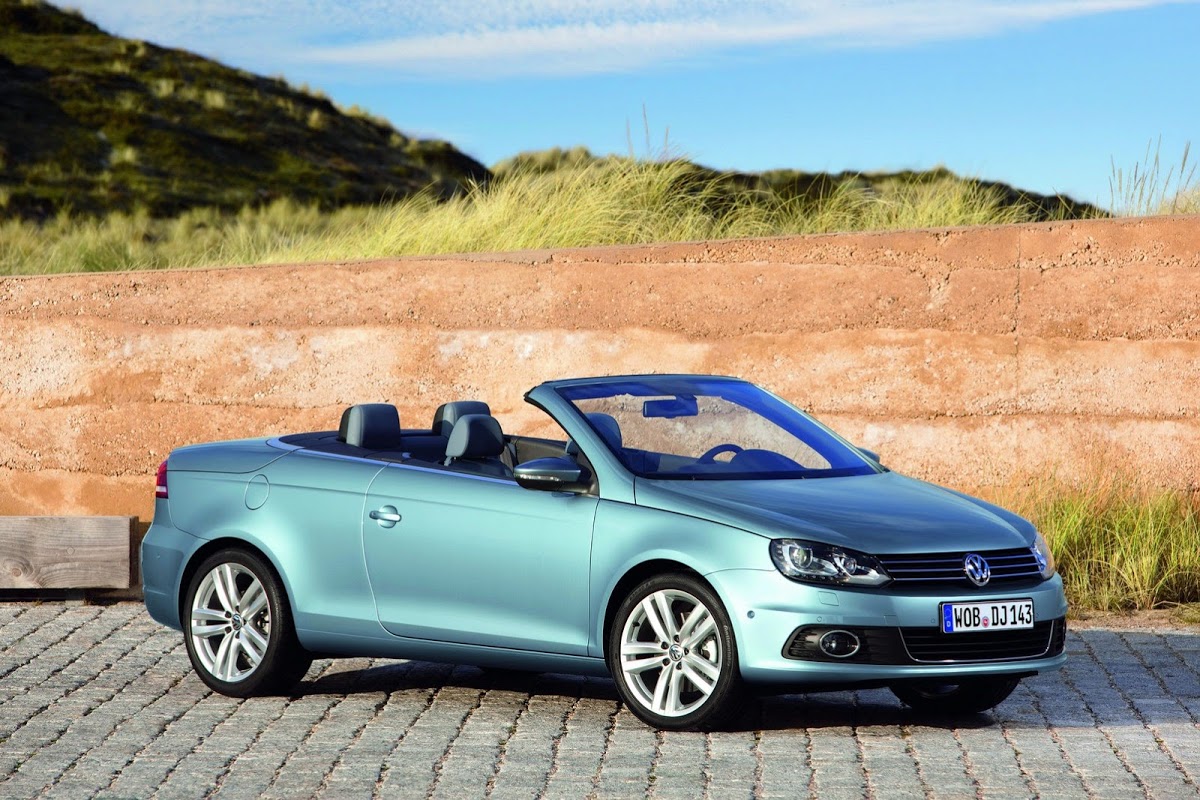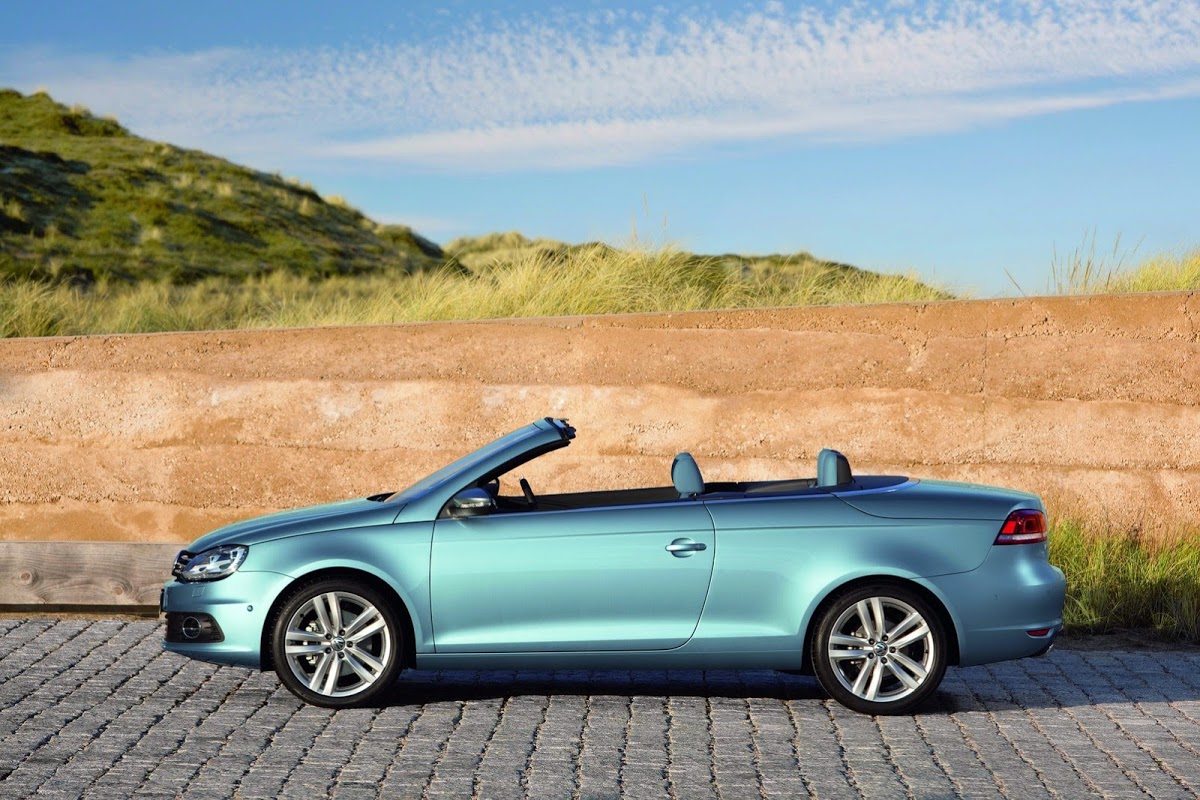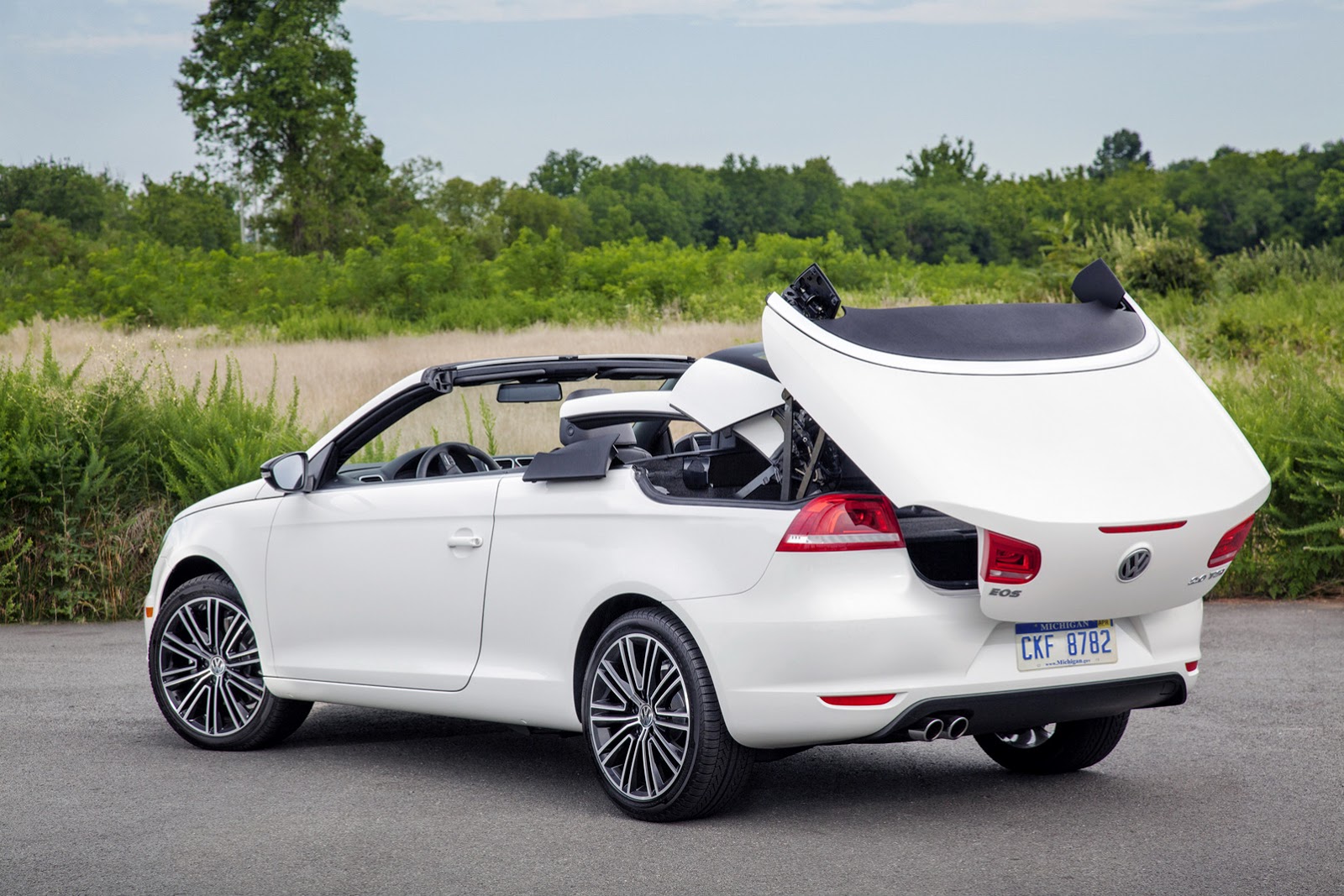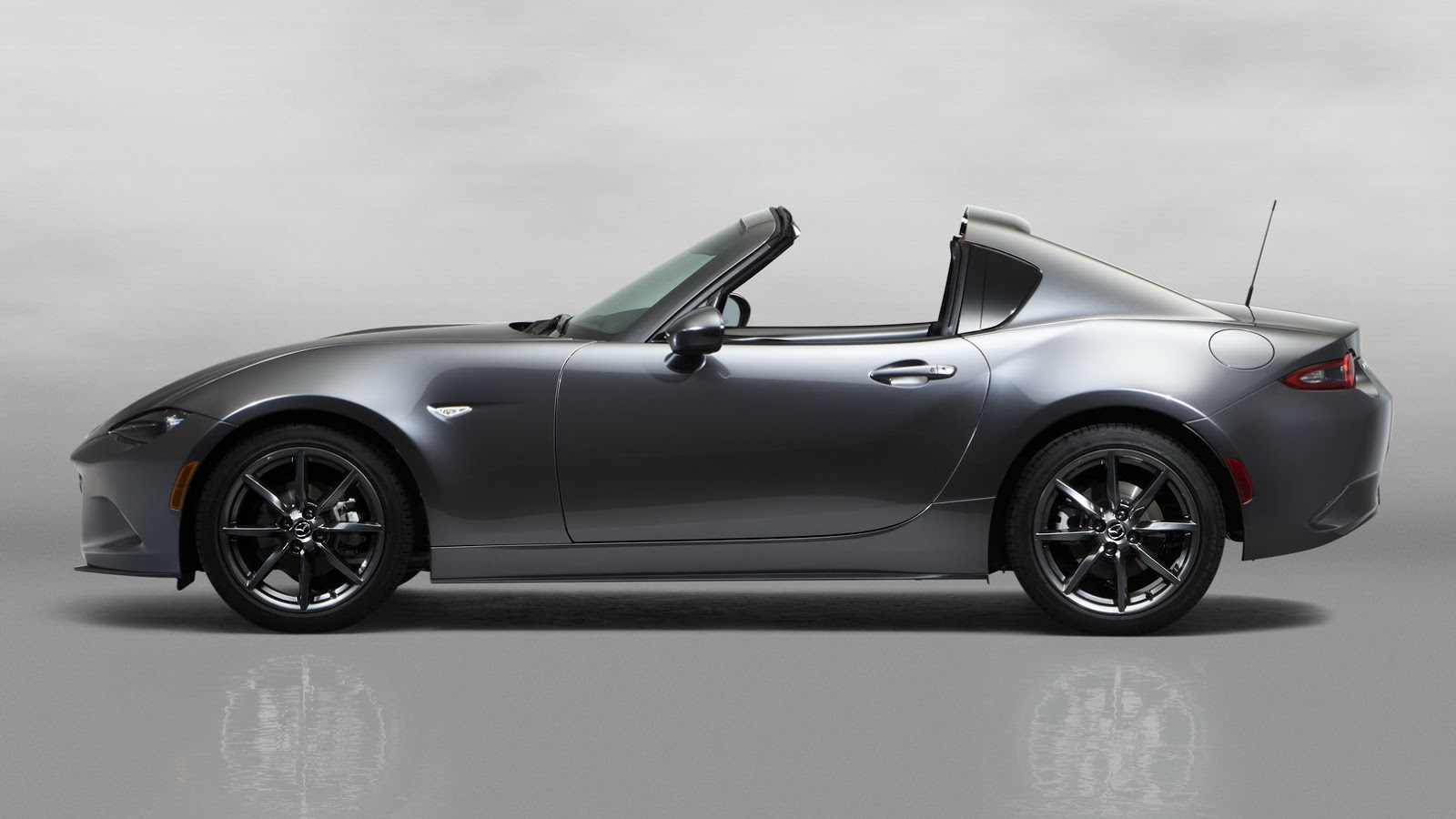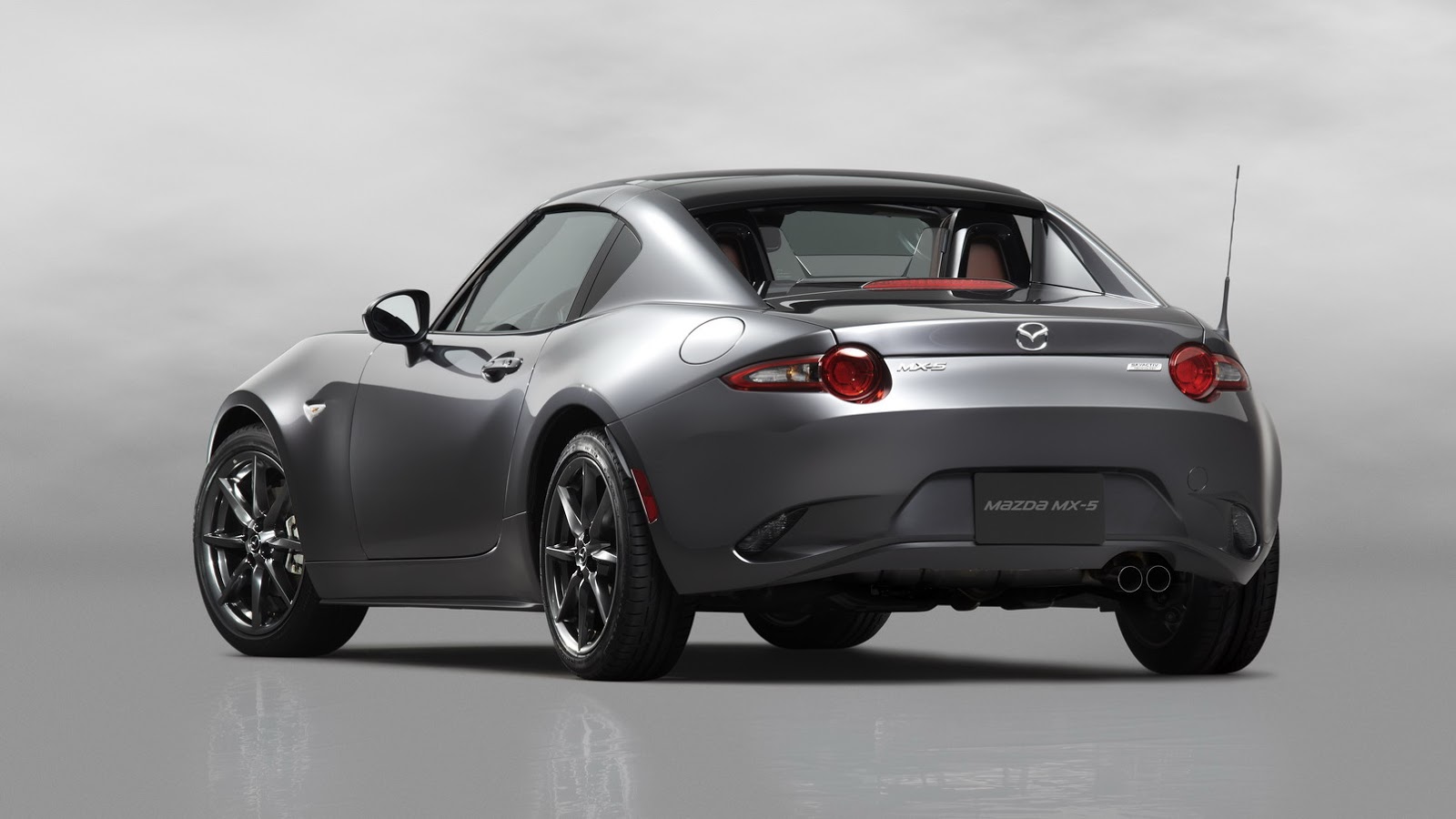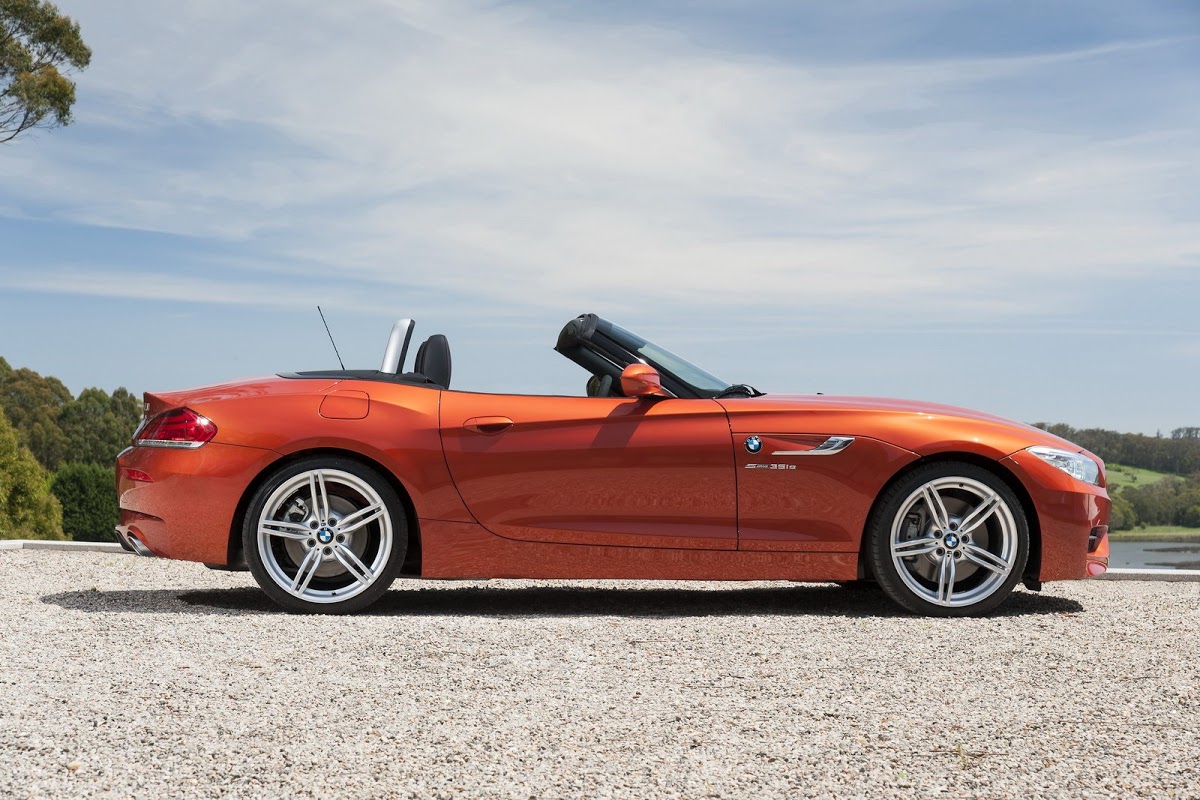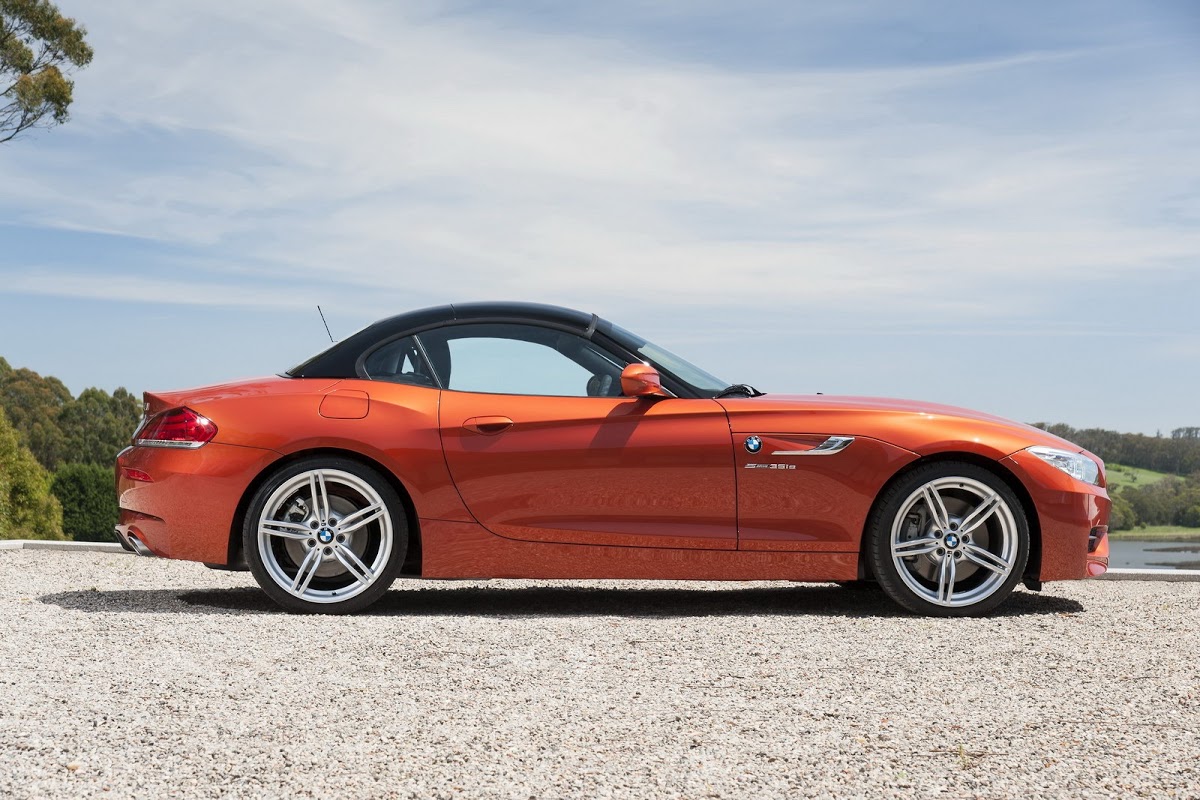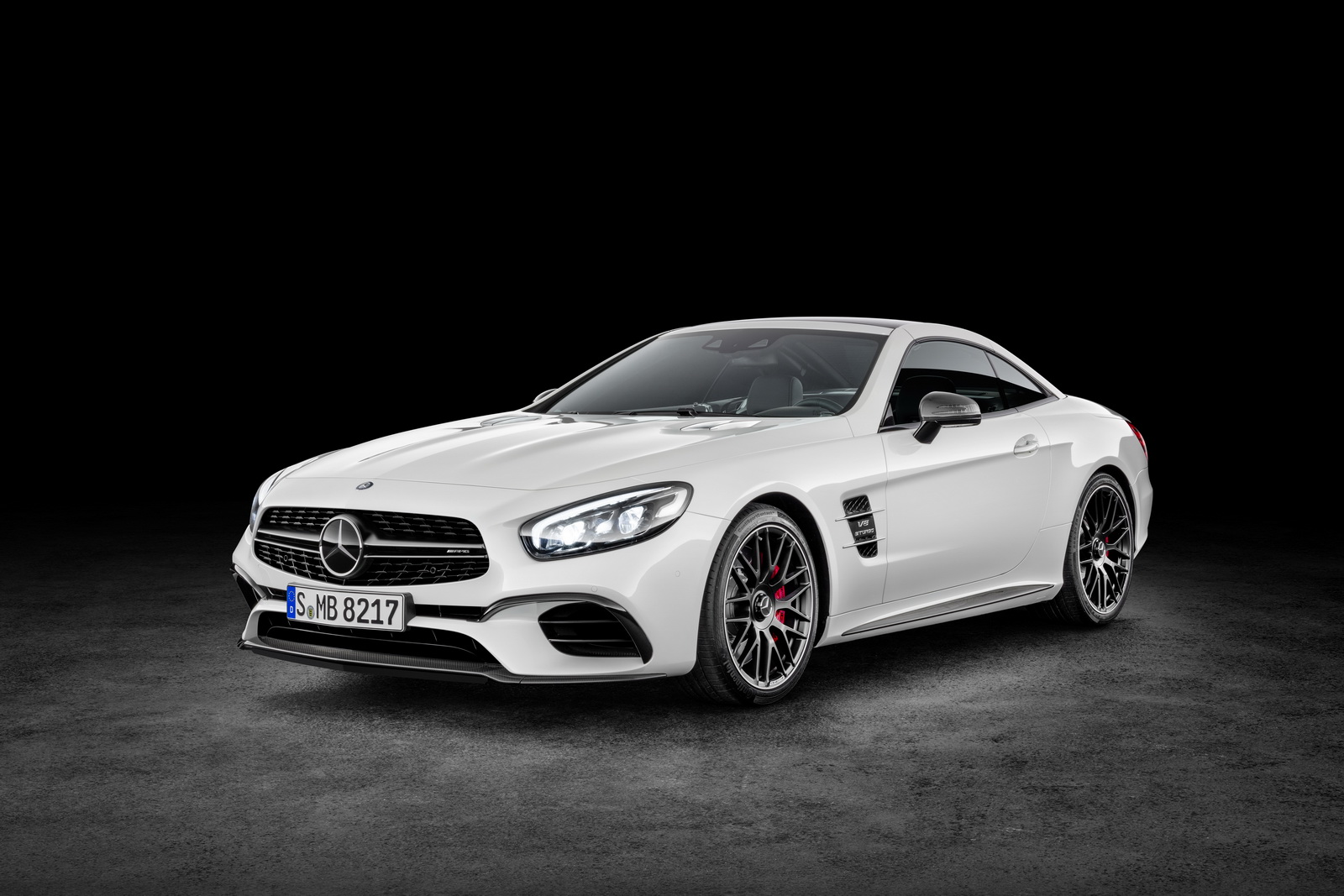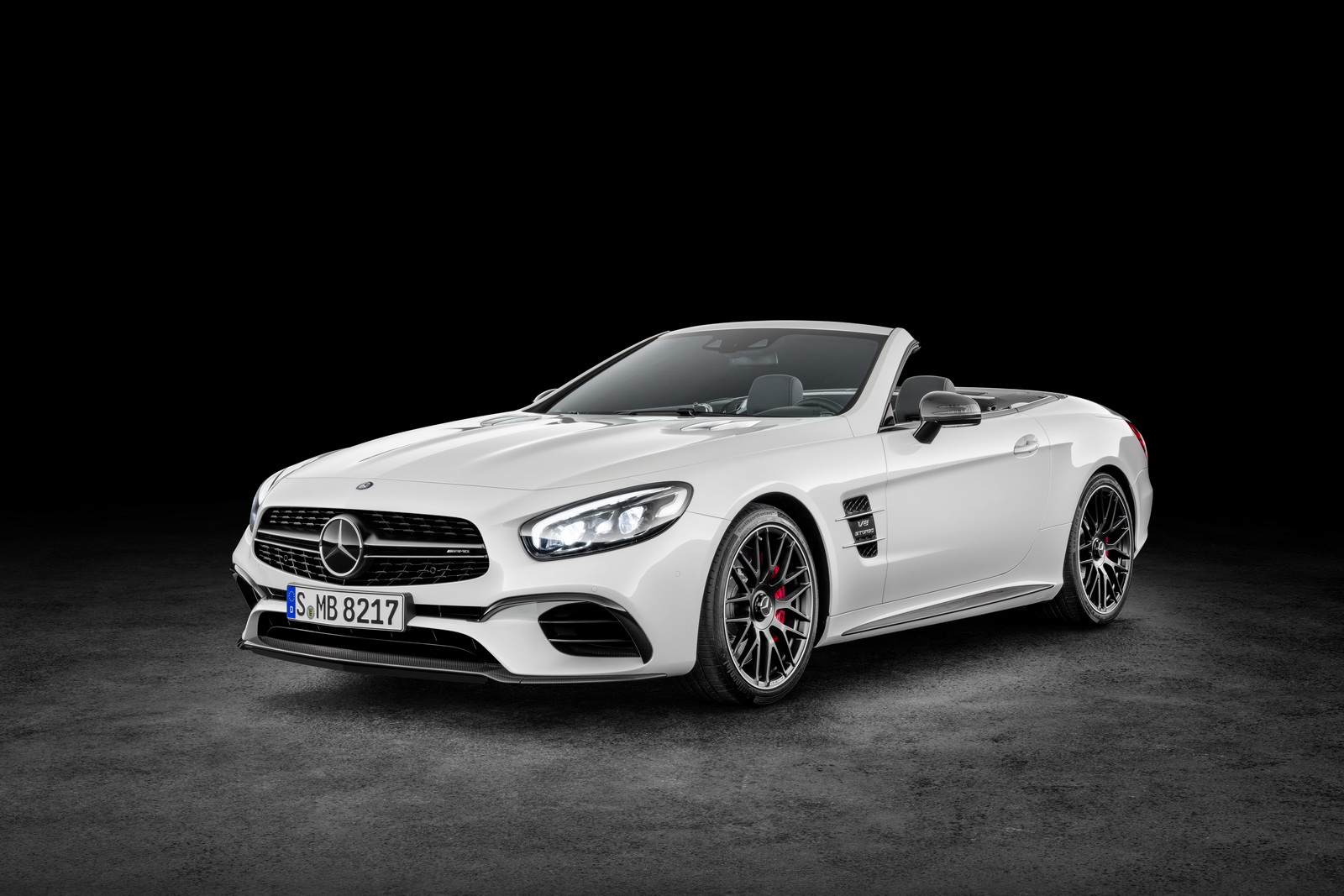Merc’s drip-feeding of SL roadster information hasn’t got to the full exterior reveal yet, but we’ve already known for a long time that it would be minus one feature that Benz almost single handedly popularized a quarter of a century ago.
Retractable hardtops had been around since the 1930s, and appeared very occasionally over the years on cars like the Ford Skyliner and Honda CR-X Del Sol Trans Top. But it was the 1996 Mercedes SLK that really turned a quirky curiosity into a craze.
Its retractable hardtop seemed to promise the best of both worlds, allowing you to switch between the security (from weather, theft and knife-wielding nutjobs) of a coupe with the Vitamin D-boosting fun of a traditional convertible at the touch of a button.
By the turn of 2000 almost every carmaker was working on retractable hardtops for its convertibles. But 20 years on, most of the convertibles that haven’t already been killed off in favor of crossovers have reverted to traditional folding fabric roofs, including Mercedes, which killed the SLK (or SLC, as it was known by the end) off in 2020, and has gone soft with the latest SL.
Related: 2022 Mercedes-AMG SL Roadster Opens Up Revealing Its 2+2 Interior For The First Time
Why? Because carmakers have realized the perceived benefits of a retractable hardtop aren’t worth the inevitable downsides. First, folding hardtops are heavy, and these days carmakers are ever mindful about how to reduce unnecessary weight and lower their CO2 fleet average.
Secondly, retractable hardtops are a packaging nightmare. Mazda did a great job with its first retractable hardtop MX-5 in 2006, whose roof slid vertically behind the seats. But most have to fold horizontally under the rear deck, and even with multiple folding sections, they take up far too much room, ruining trunk space and making life hell for designers.
While some, like Volkswagen, managed to make a good job of turning its Golf into the EOS, most suffered from huge fat assess long before thick was a thing. Look at some of the other coupe-cabrios sold in Europe during the mid-late 2000s such as the Peugeot 307 CC (orange car), and the Nissan Micra CC (red one). But on top of those humongous backsides they also had ridiculously long windshields that came back almost over the driver’s head to help make the roof shorter so it took up less space when stowed.
That meant you never had the same open-air feel when driving one you got in a regular soft-top. But it seems that many drivers don’t just want to themselves be reminded that they’re in a convertible. They want to remind everyone else, too, and carmakers were hearing from customers that they didn’t like the fact that other drivers couldn’t see they were in a cabrio when the top was up. Yes, God forbid anyone should only think you were driving a coupe…
These days, hardtop convertibles are surprisingly rare and it’s mostly Italian supercars and sports cars like the Mazda MX-5 RF, Ferrari Portofino and Chevrolet Corvette still rocking the RH look. Mid-engined cars have short roof sections and engines mounted low, making packaging easier, and their trunks are usually at the front anyway, so they don’t pinch luggage space. But you do lose that great view of the engine.
Are you glad to see the back of the convertible coupes? Or would you rather they stayed around, as they seemed to offer a compromise between the two genres?




